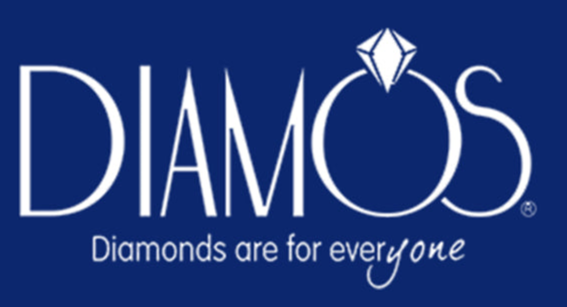Are Lab-Grown Diamonds Ethical? A Deep Dive into Conflict-Free Jewelry
Diamonds are ageless tokens of luxury, love, and status. But behind their radiance lies a complex past. Traditionally mined diamonds have their own ethical problems. All of these problems are largely human rights violations, bad labor practices, and environmental destruction. And as humans become more discerning, so has the demand for ethical choices. And this is where lab-grown diamonds step in.
What are lab-grown diamonds?
A laboratory-grown diamond is a real diamond that is grown in a man-made setting. It is not synthetic since it is not imitation. It is identical to a mined diamond both physically and chemically. Scientists replicate the process of natural diamond growth using extremely sophisticated technology. This means that the diamond will be as radiant, transparent, and tough as natural stones.
The biggest difference is where they are sourced. Instead of being extracted from the earth, diamonds that are lab grown are cultivated. This eliminates the majority of the ethical concerns that accompany traditional mining.
How effective is lab grown diamond?
One of the biggest advantages of lab-grown diamonds is that they are conflict-free. Conflict diamonds or blood diamonds are mined in war areas. Sales of these diamonds normally fund violence and exploitation. Buying a lab grown diamond guarantees your jewelry is not financing such activities.
Working conditions are more secure too. Diamond mining is dangerous. Miners risk accidents, lung diseases, and unsafe working conditions. Laboratory conditions have stringent safety protocols in place. Working conditions are controlled, and risk is removed.
Environment is also one consideration of utmost significance. Diamond mining distorts landscapes and habitats. It consumes huge amounts of water and energy. Synthetic diamonds consume much less by way of resources and make much less waste. To environmentally conscious consumers, this is a huge benefit.
Do ethics reduce the quality of diamonds?
Others worry that ethics will undermine the quality of diamonds. Lab-grown diamonds are no exception to this. They are of good quality and can be customized. They come in various sizes, cuts, and colors. A number of customers find lab-grown diamonds excellent value for money. Lab-grown diamonds are generally less expensive than mined diamonds of the same size and clarity.
The price advantage allows choosing greater stones or better within price. This allows ethical choices to penetrate a greater market.
Consumer awareness and responsibility
Buying a lab-grown diamond is not only a fashion choice. It's an issue of ethics and accountability. Customers are now in the position to push industries. Choosing conflict-free diamonds encourages sustainable practices. It also places pressure on the conventional mining companies to improve their practices.
Education plays a key role. The majority of consumers are oblivious to the issues of mined diamonds. Education on the benefits of lab-grown diamonds can foster ethical shopping choices. Jewelers also play a role in providing disclosure on the origin of their diamonds.
Challenges and misconceptions about lab grown diamond
While lab-created diamonds have their limitations, they also have some myths. Some people believe that they are less expensive or less "real" than natural diamonds. This is a myth. The value of a diamond has nothing to do with where it comes from and everything to do with how well it is. The second challenge is resale. Natural diamonds have an established resale market, while lab-created diamonds must establish this market.
But as the masses get educated, such problems are gradually being overcome. More customers today care about ethics and sustainability rather than resale value.
Conclusion
In the ethical battle of jewelry, lab-grown diamonds offer a convincing alternative. They are real, beautiful, and conflict-free. Lab-grown diamonds are not only environmentally friendly. Additionally, these Lab-grown diamonds are as hard as 10 on the Mohs scale of hardness. This implies they are the hardest substance on the planet, just like natural diamonds.
